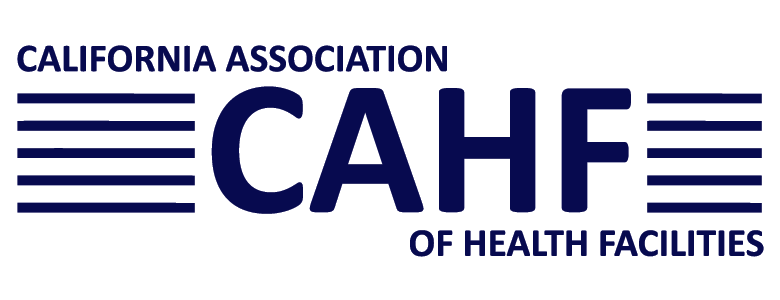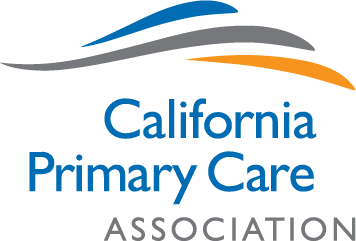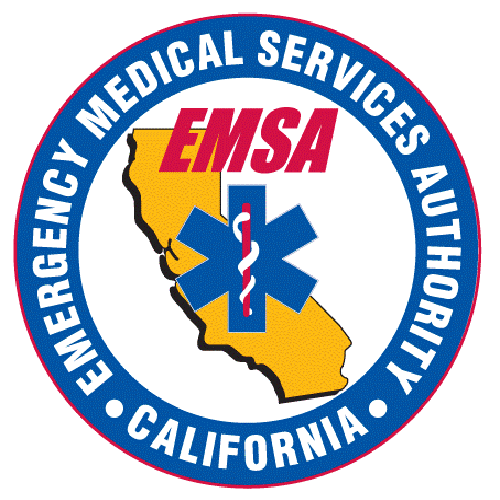Reference Documents |
The links below are meant to aid users in exercise development and general emergency preparedness using referenced emergency plans.
|
California Emergency Operations Manual (EOM)
|
The purpose of the California Public Health and Medical Emergency Operations Manual (EOM) is to build a common operational framework that strengthens the ability of the Public Health and Medical System to rapidly and effectively respond to emergencies. A common operational framework supports effective information flow between local, regional, and State partners and supports efficient response when additional resources are needed during emergencies that exceed local response capabilities. Select the following link to view the California Emergency Operations Manual (PDF).
|
Homeland Security Exercise and Evaluation Program (HSEEP)
|
Exercises are a key component of national preparedness — they provide the whole community with the opportunity to shape planning, assess and validate capabilities, and address areas for improvement. HSEEP provides a set of guiding principles for exercise and evaluation programs, as well as a common approach to exercise program management, design and development, conduct, evaluation, and improvement planning. Select the following link to view the Homeland Security Exercise and Evaluation Program.
|
State Emergency Plan (SEP)
|
The State Emergency Plan provides a consistent, statewide framework to enable state, local, tribal governments, federal government, and the private sector to work together to mitigate, prepare for, respond to, and recover from the effects of emergencies regardless of cause, size, location, or complexity. The SEP is developed and maintained by the California Governors Office of Emergency Services. Select the following link to view the State Emergency Plan (PDF).
|
Resources
|
California Association of Health Facilities
|

| Resources to assist Long Term Care (LTC) Health facilities meet exercise requirements, as well as a free compendium of LTC specific regulatory guides, templates, handbooks, and training videos. CAHF-DPP | Exercises & Drills for Long Term Care |
| California Hospital Association |

| The California Hospital Association provides resources to assist hospitals meet emergency preparedness training and exercise needs by providing information and support on compliance with regional, state, federal, and accreditation requirements.
|
California Primary Care Association (CPCA)
|

| This CPCA site contains resources to assist Community Health Centers (CHCs) be equipped and prepared to effectively respond to emergency events and achieve compliance with the four core elements of the Emergency Preparedness Requirements (EP Rule).
|
Centers for Medicare & Medicaid Services (CMS)
|

| The Centers for Medicare & Medicaid Services (CMS) Survey and Certification Group (SCG) has developed this site to provide useful information to CMS Central and Regional Offices, State Survey Agencies (SAs), their State, Tribal, Regional, and local emergency management partners, and health care providers, for developing effective and robust emergency plans and responses. The CMS site provides information and tools, utilizing an “all hazards” approach for disruptive events.
|
Emergency Medical Services Authority (EMSA)
|

| The EMS Authority, as the lead agency responsible for coordinating California’s medical response to disasters, provides medical resources to local governments in support of their disaster response. This may include the identification, acquisition and deployment of medical supplies and personnel from unaffected regions of the state to meet the needs of disaster victims. Response activities may also include arranging for evacuation of injured victims to hospitals in areas/regions not impacted by a disaster. For additional information and disaster training resources use: Disaster Training EMSA
|
End Stage Renal Disease (ESRD) Network 17
|

| ESRD Network 17 provides support to dialysis facilities related to emergency preparedness, planning, and response. The Network works closely with the Kidney Community Emergency Response (KCER) Program and other stakeholders to ensure patients have access to dialysis before and after an emergency event. Health Services Advisory Group ESRD Network 17 Emergency Preparedness Kidney Community Emergency Response (KCER) Program
|
Los Angeles County Emergency Medical Services Agency
|

| The Los Angeles County Emergency Medical Services (EMS) Agency is a multi-jurisdiction agency consisting of multiple paramedic provider agencies and sixty-nine 9-1-1 receiving hospitals. As the primary recipient of Hospital Preparedness Plan (HPP) funds, the EMS Agency has developed various disaster programs to support Medical and Health disaster preparedness and recovery. Disaster programs include Disaster Resource Centers, Regional Decontamination Drills, the annual Healthcare Business Continuity Plan event, and various other Exercises and Drills. For more information about Disaster Exercises and Drills or any of the other Disaster programs, please visit the EMS Agency’s website at Exercise and Drills - Emergency Medical Services Agency
|